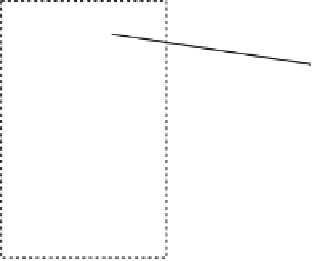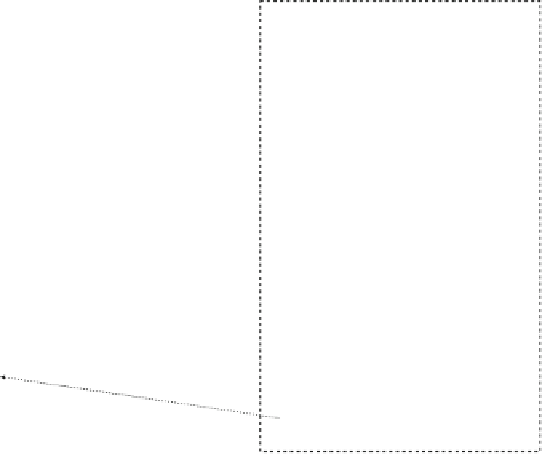Biomedical Engineering Reference
In-Depth Information
Fig. 4 Diagram presenting a synthesis of knowledge and information extracted from recent
literature (PubMed) and adequate databases (KEGG) on the VEGFR2 signaling pathway. Dash
lines represent Michaelis-Menten reactions in which the catalyzer (e.g. RasGTP) is not consumed
in the process. Solid lines represent mass-action kinetics
In this process, it is important to pay special attention to molecules for which
the implication in the process of angiogenesis has been experimentally proven
[
45
,
49
] but also for which kinetic parameters of their reaction are already doc-
umented. Keeping the integrality of molecules that are known to interact on the
pathway would lead to a system with an excessive complexity that might be of no
help in the understanding of the overall pathway dynamic. Minimizing the number
of components to fit with sparse data while keeping a good description of the
molecular dynamics experimentally observed is however a challenging issue
addressed in [
50
]. As far as the VEGFR2 signaling pathway is concerned, it seems
reasonable, as a first attempt to restrict our description to pathways triggering
proliferation, migration and survival of the endothelial cells; whereas VEGF is
also known to drive variations of the vascular permeability, which is believed to
have serious consequences on treatment efficacy in vascular tumors. As a first
attempt, we can assume that permeability variation depends on modifications of
the cells' shape and adhesion properties [
46
,
47
].






































































































































































Search WWH ::

Custom Search